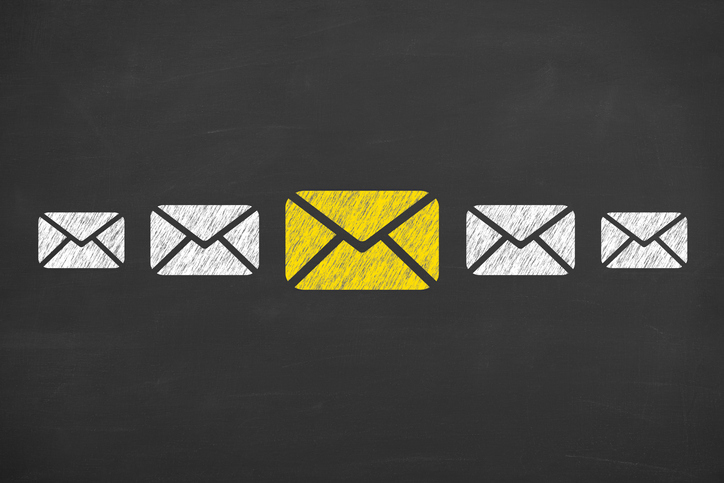How to Determine Optimal Pricing for Your Products or Services
April 28, 2020How to Keep Employees Busy During COVID-19
May 6, 2020Escape the Productivity Pit by Taking Control of Your Email
Are you starting to feel trapped in a “productivity pit?”
While your mobile phone is supposed to make you more accessible and productive, it can also complicate your day, leaving you frazzled and weary. While the world is adjusting to new work-from-home scenarios, the increasing emphasis on new technology can often make workdays worse, not better.
While you may not be able to change your current working situation, you can take control of something that dominates the daily landscape: your email. DMA data from 2019 shows that the average number of email addresses owned by consumers is 2.5. Researchers estimate 132 billion business emails are sent daily, and American workers will receive an average of 126 emails every 24 hours!
5 Tips to Beat Back Your Email
Many people are drowning in digital messages, and it is not uncommon to find accounts that contain 50,000 messages. How can you beat back the tidal wave? Here are five tips to get started.
1. Change Your Mindset
Inbox overload is not just a traffic issue; it’s a priority issue.
Did you know that 84% of people keep their inboxes open all day, and 70% of emails are opened within six seconds? Many people claim to check their email and chat apps every six minutes or less. If that doesn’t stress our minds, it will undoubtedly tax our emotions.
To avoid digital overload, start with this truth: email can be a distraction that limits effectiveness.
2. Set Response Time Expectations
Because 63.5% of people say they expect an email response in one hour, reducing your email check-ins could cause unexpected conflict.
To set boundaries around email use, try using your “out of office” reply feature to let people know you will be away from the screen and when (or if!) they should expect a response. This can alleviate tension and also decrease the FOMO (Fear of Missing Out) that sparks you to check in so often.
3. Use Labels to Prioritize
Sometimes people feel pressured to deal with messages immediately, so they don’t get overwhelmed.
A better option is to use labels and a separate inbox to separate important from non-urgent messages. Scan your account once or twice a day and add the label @processing to any messages that need attention. Then collapse your regular inbox so you can’t see incoming messages.
Focusing on the priority list will heighten efficiency and decrease stress.
4. Draft Template Responses
Since it’s impossible to ignore or file each message, sometimes it is helpful to create a template of canned responses.
This may include apology notes, responses that hand off a request to your team, promises to follow up, or soft redirects to your website or FAQ page.
5. Pair Your Calendar with Your Follow-Up
Because some emails might require more than a simple reply, consider filing mail needing follow up in subfolders dated at the start of each week.
Then add the corresponding task to your calendar and include the folder location and date to remind you when a response is required. Dated weekly folders help clear your inbox and make for quick reference when you need to recover a task or a conversation. Dated folders can also allow you to delete timed out messages as a group, rather than deleting them one by one.
Redeem the Time
Email is many things, but a timesaver it is not.
If you work 260 days per year, AOL Jobs estimates you will spend 73 days doing nothing but staring at your inbox.
There is a better way! Set boundaries around your email so you can live with less stress and more freedom each day.

